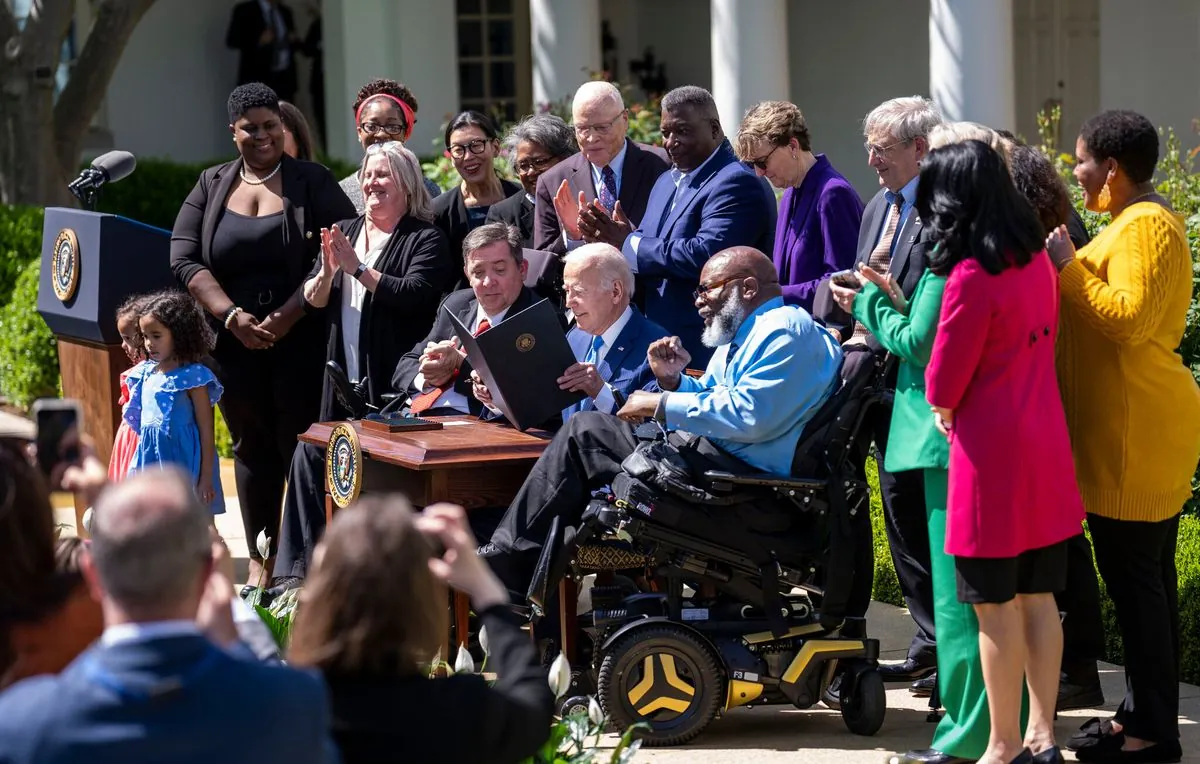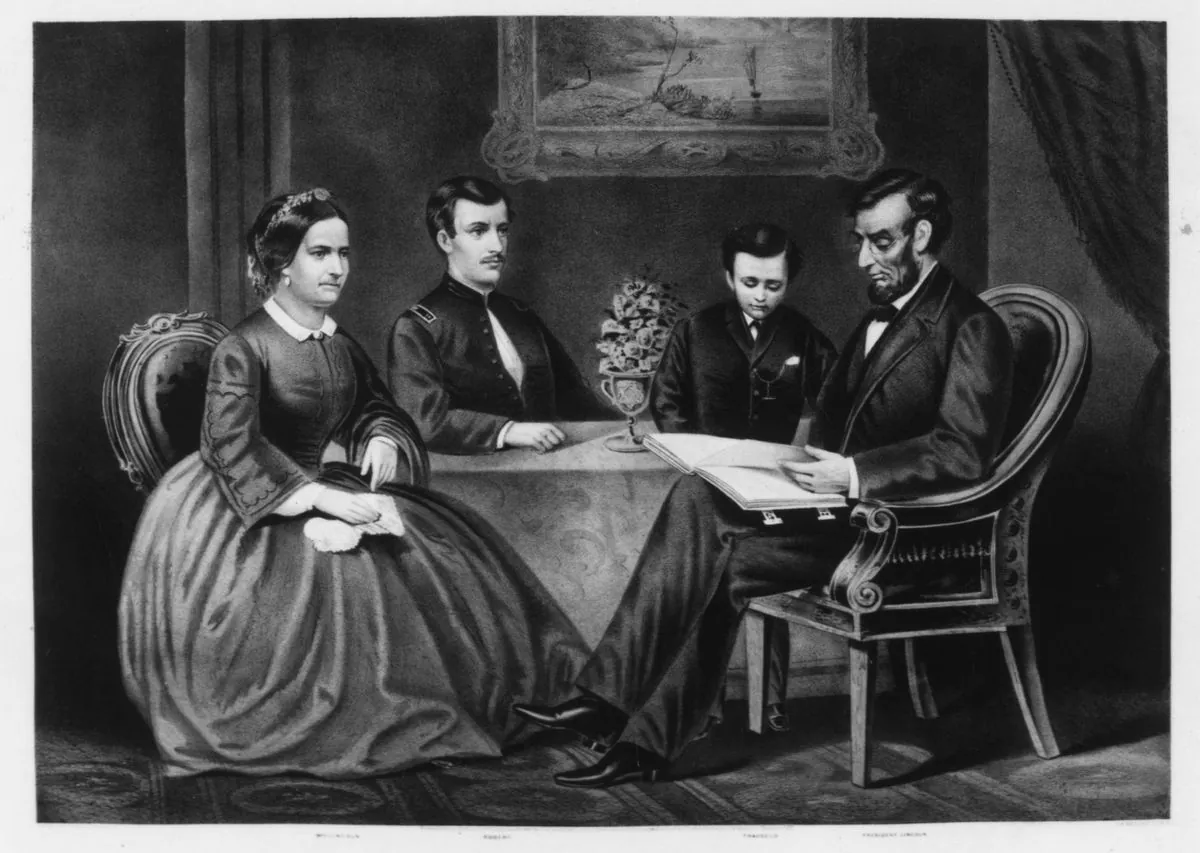Campaign Funds for Childcare: A Growing Trend in US Politics
Two-thirds of US states now allow campaign funds for childcare, aiming to increase political representation of parents. Despite growing usage, challenges persist for mothers in politics.

In recent years, a significant shift has occurred in American politics, with an increasing number of states allowing candidates to use campaign funds for childcare expenses. This trend, which began after the Federal Elections Commission approved the practice for federal candidates in 2018, has now spread to 33 states as of September 2024.
Sen. Kim Jackson, a Georgia Democrat, exemplifies the challenges faced by politicians with young children. With two boys aged 3 years and 4 months, Jackson navigates the complex scheduling and financial demands of campaigning while ensuring proper care for her children. Georgia's 2023 policy change allowing campaign funds for childcare has made a substantial difference for Jackson's reelection efforts.
"So much of me needing child care is about being able to do my job, which is to be with the people. These funds make that easier."
Despite this progress, the number of candidates utilizing these funds remains relatively low. According to Vote Mama, a foundation tracking such usage, only 87 candidates used campaign funds for childcare in state and local races from 2018 to 2022. However, the total amount spent increased significantly, from about $10,000 in 2018 to $225,567 in 2022.

Interestingly, candidates of color accounted for 70% of the total funds reported during this period, while Democratic candidates spent 89% of the total. These statistics highlight the disproportionate impact of childcare challenges on certain demographic groups in politics.
The push for allowing campaign funds for childcare aims to address the underrepresentation of parents, particularly mothers, in political office. Currently, women hold only 32.8% of all statehouse seats, and a mere 5% of state lawmakers are mothers to children under 18. Advocates argue that including more parents in government is crucial for developing policies on issues ranging from the economy to parental leave.
While the policy has gained traction, implementation and usage vary across states. In West Virginia, which passed its law in 2021, officials report limited awareness and usage of the provision. Conversely, in Connecticut, Rep. Cara Pavalock-D'Amato found the funds helpful during her 2022 campaign, spending between $500 to $1,000 on weekend childcare while canvassing.
Challenges persist even after candidates are elected. Sen. Mallory McMorrow of Michigan, where campaign funds cannot be used for childcare, faced difficulties balancing her legislative duties with caring for her newborn daughter. The lack of parental leave policies in many state legislatures further complicates the situation for elected parents.
As this trend continues to grow, advocates hope to see all 50 states approve the use of campaign funds for childcare within the next five years. However, addressing the complex barriers keeping mothers from running for and serving in office will require ongoing efforts and policy changes beyond just campaign finance rules.


































